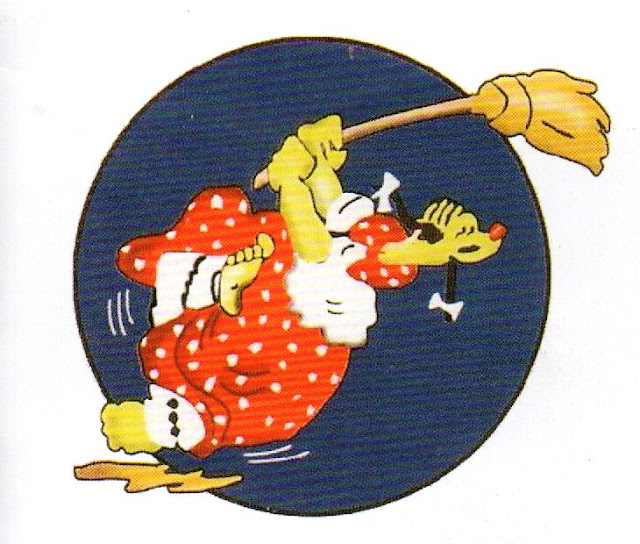Colonial Magritte?
This work, signed by “Ledesma” in 1768, alludes to the passion of Christ, but without depicting him. The artist was perhaps inspired by some engravings in which the tunic takes the place of Jesus Christ as the protagonist, surrounded by instruments of the passion, and sometimes some characters, such as the one made by Hieronymus Wierix around 1586, as part of a book entitled Passio Domino Nostri Iesu Christi, with twenty-one engravings with the theme of the passion. These works have been called Arma Christi, or Weapons of Christ, and were common in northern Europe from the 15th century.
The New Spanish painting not only depicts the passion instruments but, around the tunic, arranged in a way that recalls the crucified body, are Mary and John, who accompanied him in that painful moment, God the Father, who will receive him in heaven and some cherubs.
Christ's
weapons, or rather the instruments of the Passion, are at the foot of the
scene, arranged in such a way that they visually support the rest of the
ensemble. Two inscriptions, one at the top and one at the bottom, refer to the
Old Testament: Genesis and the Song of Songs, citing the prefiguration of Christ
in these passages with the New Testament image.
There is no certain information about the artist who
signed the image. Manuel Toussaint records in his book on painting that a
Ledesma signed works in Toluca, between 1786 and 1795, but it cannot be
confirmed that it is the same artist.[1] The figures, a little squat, present a
frank gesture and the type of volumes are totally coincident with the date of
the work, so it could be thought that it was an artist who entered fully into
the aesthetics of the cultured painters of the capital of the viceroyalty or painted
under their influence.
However, certain characteristics of the color
palette and the textile support presented peculiarities, so it was decided to
analyze the work in greater depth. This painting was studied under ultraviolet
(UV) light in order to be able to demonstrate the presence and nature of the
varnish. Due to its greenish-yellow fluorescence, it can be assured that this
layer is made up of a natural resin, which has aged and shows general
oxidation. Due to the type of application, with a brush, the layer is not homogeneous
and is more concentrated in the upper area and along the area that is in
contact with the frame's crossbars. This type of resin was used throughout the
entire pictorial production, from the 16th century until practically the middle
of the 20th century. In some cases, the fluorescence, different from that
presented by this painting, may indicate the presence of an intervention
varnish with synthetic resins.
In order to confirm the date of the work, it
was necessary to study the type of material used for the textile support. The
analysis of the warp and weft fibers revealed that they were made up of flax
stem fibers, which could place this work in the New Spain period. The palette
was then studied with X-ray fluorescence spectrometry (XRF) where the following
were found: vermilion, lead white, umber, Prussian blue, orpiment and red
lacquer; all pigments representative of the colonial period after 1704.[2]
[1]. Toussaint, Manuel, Pintura colonial en México,
México, UNAM, 1990, p. 239.
[2]. Estudio de José Luis Ruvalcaba Sil, April 2012,
pp. 4-6.
The painting:
Verdadera túnica de Cristo
(The True Tunic of Jesus Christ)
Author: "Ledesma"
Year: 1768
Oil on Canvas
Size: cm 95 x cm 64




Comments
Post a Comment